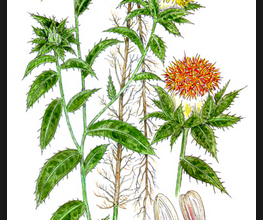The 20 Most Common and Beautiful Edible Flowers: [Complete Guide]
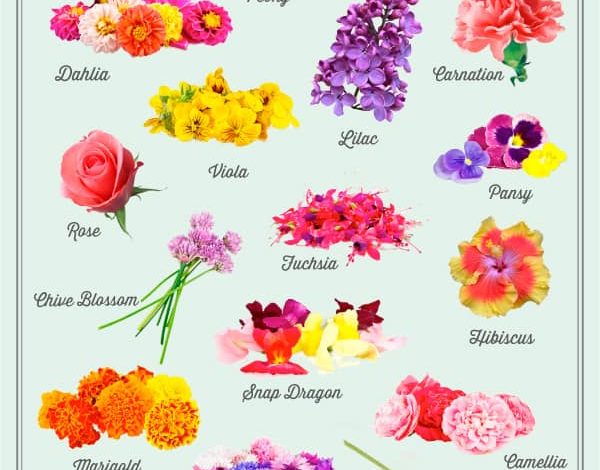
If you have reached this article, you will probably be interested in what edible flowers are.
Is it so?
Well, you have come to the right article.
Here we are going to show you the 20 most common edible flowers that you can grow in your own garden and enjoy them in your dishes
What are edible flowers?
It is known as edible flowers that we can ingest in principle, without problems. There are many varieties and they are used to make water, desserts, teas, among other culinary dishes.
The only thing you have to keep in mind is to look for flowers that are specifically for human consumption, since those from florists are usually loaded with pesticides.
Another option is to grow your own plants and harvest them every time you go to consume the flower. Normally, the flowers are composed mainly of water (about 80%).
This makes them an ideal food to include in low-calorie diets. Its main use is to providearoma, design, flavor and color to the dishes.
However, they also contain various nutrients depending on the species of flower.
Precautions before eating edible flower species
As beautiful as it is to eat flowers, it can also be dangerous and even deadly. I don’t want to scare you or anything, but follow these tips to eat flowers safely:
- If you’re not sure, consult a reference book on edible flowers and plants.
- Eat flowers that you have grown yourself, or that you know are safe to eat. Flowers from the florist or nursery have likely been treated with pesticides or other chemicals.
- Do not eat flowers from the road or those that are collected in public parks. Both may have been treated with pesticides or herbicides, and roadside flowers may be contaminated by car exhaust fumes.
- Eat only the petals and remove the pistils and stamens before eating.
- If you suffer from allergies, introduce edible flowers gradually, as they can exacerbate allergies.
- To keep flowers fresh, place them on damp paper towels and refrigerate them in an airtight container. Some will last up to 10 days this way. Ice water can revitalize limp flowers.
⛔️ From Sembrar100 we are not responsible for possible consequences when eating a flower or plant. Although here we say that they are edible, some allergies or intolerances can develop that cause health problems. So you must be very cautious before eating any flower or plant.
How to prepare edible flowers?
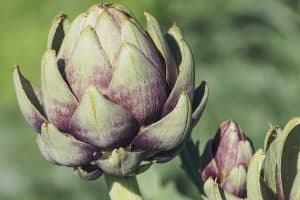 Edible flowers are always best when picked fresh and straight from the garden. They taste even better if you pick them early in the morning before they’ve been out in the sun too long.
Edible flowers are always best when picked fresh and straight from the garden. They taste even better if you pick them early in the morning before they’ve been out in the sun too long.
But if this is not possible, do not worry. Put them directly in the fridge (in a plastic container) and try to use them after a few days.
Wash them and gently remove them by submerging them in a bowl of water and gently shaking them. This should also help remove any bugs or bees that might be hiding in the petals.
Speaking of petals, these are the best parts of many edible flowers. So remove the stub from the base of the petal (it’s bitter), as well as the stamens, pistil and calyx of larger flowers.
20 Examples of Edible Flowers You Can Grow in Your Garden
Jamaica flower
 The roselle flower is characterized by its intense reddish color, as well as a fairly strong aroma and flavor. This plant is native to Africa, but its cultivation has spread throughout the globe.
The roselle flower is characterized by its intense reddish color, as well as a fairly strong aroma and flavor. This plant is native to Africa, but its cultivation has spread throughout the globe.
It is rich in antioxidants and is used in medicine for its analgesic and antioxidant properties.
Jamaican tea usually benefits digestion and Jamaican flower drink is also very common. Likewise, it is used to make desserts, as a colorant in dishes and as a stew or condiment.
Sunflower
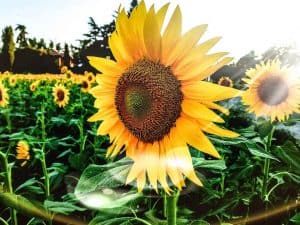 Normally the part that is most used from this plant are the seeds, which are consumed in salads, as a healthy snack or in pasta and rice.
Normally the part that is most used from this plant are the seeds, which are consumed in salads, as a healthy snack or in pasta and rice.
Sunflower -derived oils are also consumed.
In addition, the flower is also used in salads, infusions, fried and decorative.
To know more: How to plant Beautiful Flowers.
Calendula
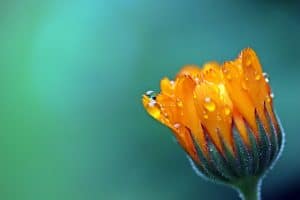 The marigold has a range of colors between yellow and quite intense orange.
The marigold has a range of colors between yellow and quite intense orange.
It has a sweet and sour flavor that resembles saffron or pepper. Its petals can serve as a dye for main dishes or as decorations in desserts.
Likewise, it is usually added to soups, salads and infusions.
pumpkin flower
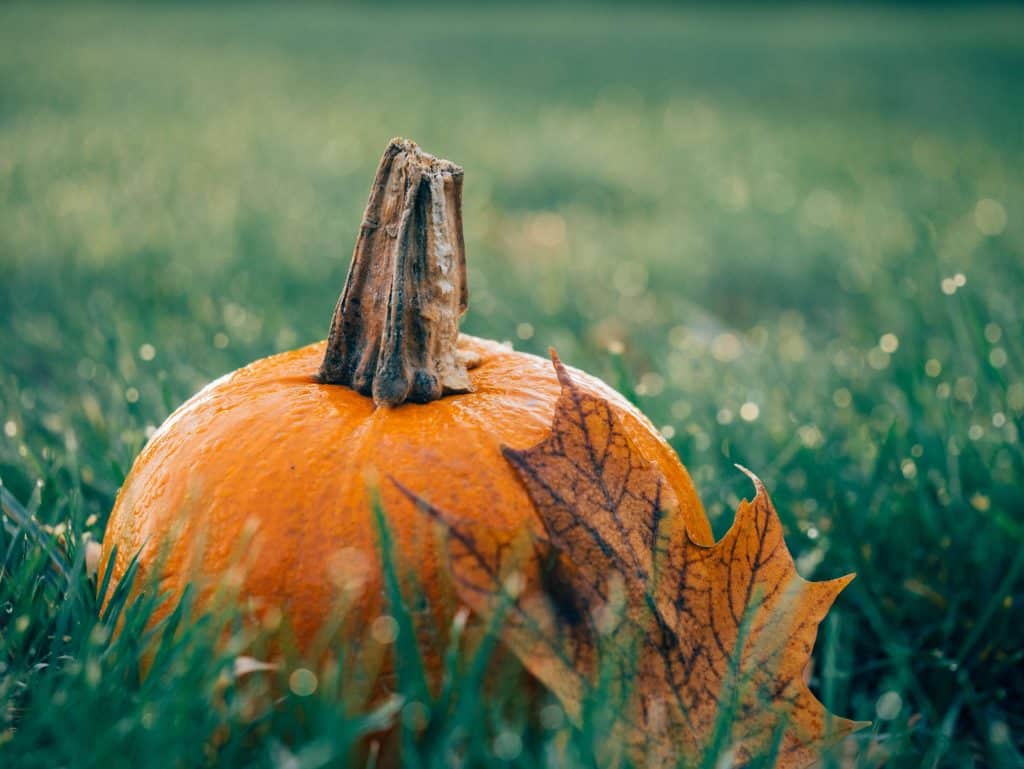 This flower is used in endless dishes such as soups, empanadas, quesadillas, desserts and as a decoration for main dishes, especially in Mexican cuisine.
This flower is used in endless dishes such as soups, empanadas, quesadillas, desserts and as a decoration for main dishes, especially in Mexican cuisine.
It is rich in vitamin C and also has a certain percentage of calcium.
It has a slightly sweet flavor and a very smooth texture.
To know more: How to plant Pumpkin.
Kidron
The leaves are normally used in infusions due to their antispasmodic and antioxidant properties.
It is also used in the production of perfumes and cosmetics for its characteristic lemon aroma.
It is an ingredient to marinate white meat and fish.
Lavender
 It has an intense aroma and violet color ideal for creating striking and highly decorated dishes.
It has an intense aroma and violet color ideal for creating striking and highly decorated dishes.
It can be consumed in infusions to relax the nervous system. It can also be consumed together with fruits and cheeses to improve the flavor.
To know more: How to plant Lavender.
Jasmine
 This plant is yellow in color and has a very sweet and characteristic flavor.
This plant is yellow in color and has a very sweet and characteristic flavor.
It is used in infusions for its intense aroma and as a garnish for main dishes such as meat and fish.
To know more: How to plant Jasmine
yucca flower
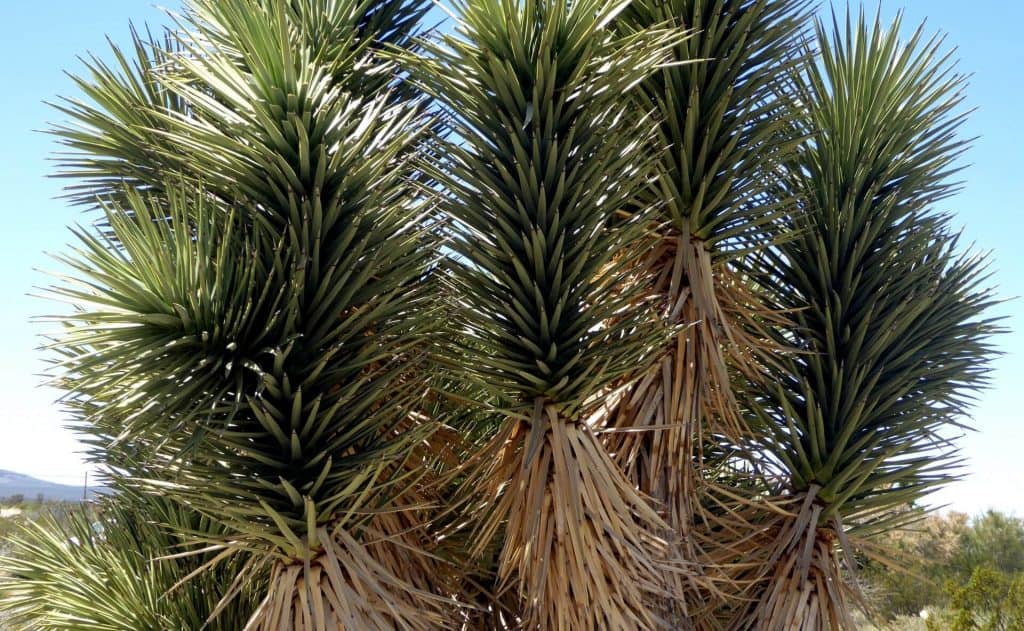 It is white in color, with a sweet flavor and a crunchy texture.
It is white in color, with a sweet flavor and a crunchy texture.
It is used as an ingredient in soups and fruit cocktails. You can also add it to your salad to make it more striking.
To know more: How to plant Yuca.
roses
 Surprised? There are more than 200 varieties of roses and they come in various colors and flavors from sweet to spicy.
Surprised? There are more than 200 varieties of roses and they come in various colors and flavors from sweet to spicy.
Usually the species that are most used in the kitchen are the scented ones.
They are mainly used to perfume cakes, jams, sauces, creams and infusions.
To know more: How to grow roses in your garden.
Chamomile
 It is known for its great effects as a medicinal plant, which is why it is very common to find it in tea packaging.
It is known for its great effects as a medicinal plant, which is why it is very common to find it in tea packaging.
In general, it has anti-inflammatory and antispasmodic properties. Another of its uses in confectionery is as a condiment or decorative.
To know more: How to plant Chamomile.
Rosemary
 It has a strong and bitter taste.
It has a strong and bitter taste.
It is used in infusions for being a good antioxidant and bactericide. Its most common use is as a kitchen spice in the preparation of meat, fish, broths, pastries and salads.
To learn more: How to sow Rosemary.
Violet
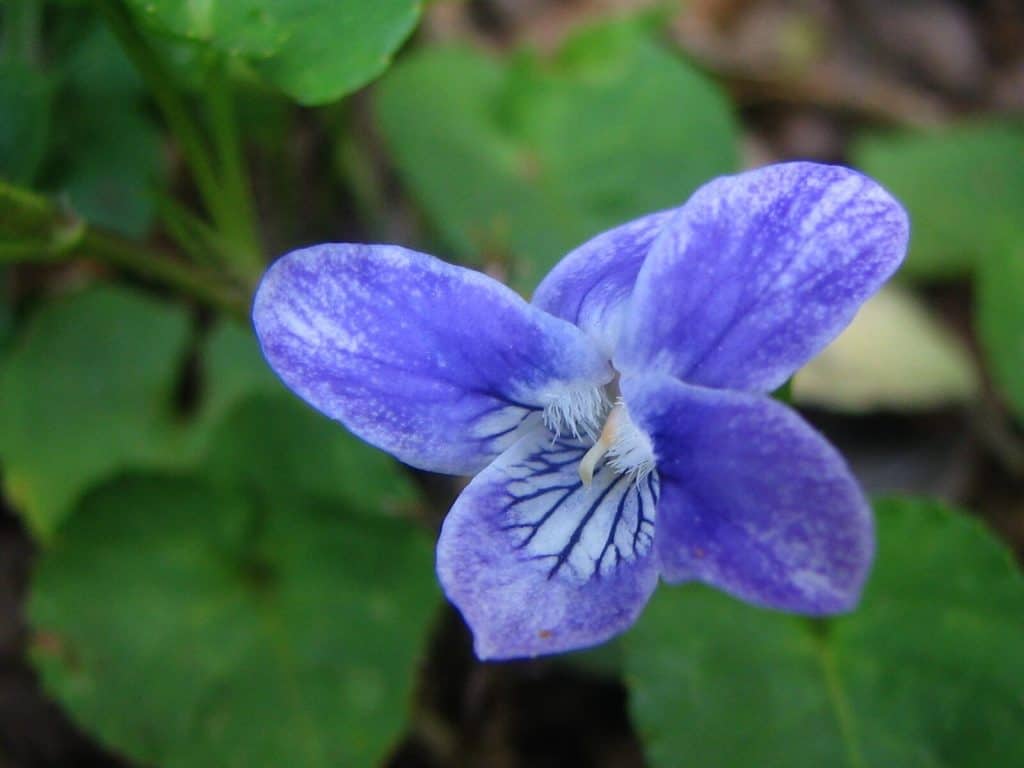 The violet has a very striking color and its flavor is usually sweet and intense.
The violet has a very striking color and its flavor is usually sweet and intense.
It is widely used in pastry and confectionery, as well as to prepare jams, infusions, soups, salads and ice cream.
Chrysanthemum
 It is a plant native to Asia.
It is a plant native to Asia.
Depending on the variety, its color can be from yellow to red.
It is an ingredient in salads, meat, fish, as well as desserts and drinks.
To learn more: How to plant Chrysanthemum.
Dill
Its yellowish flowers are characterized by having a strong and intense smell.
It is used as a condiment for meat, fish, soups and sauces.
Dandelion
 The dandelion is made up of intense yellow flowers with a sweet and intense smell and taste.
The dandelion is made up of intense yellow flowers with a sweet and intense smell and taste.
It is used to decorate desserts and salads.
It is also used for main dishes such as rice or pasta.
Geranium
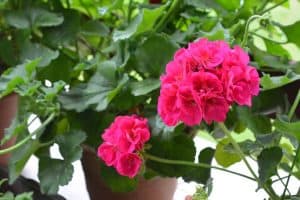 The geranium is usually pink, but this can vary depending on the species.
The geranium is usually pink, but this can vary depending on the species.
It has a citrus flavor similar to that of fruits.
It is commonly used for cakes, in drinks and as an ingredient in salads and main dishes.
Mint
 Its color varies from shades of pink to purple.
Its color varies from shades of pink to purple.
It is a seasoning used for white meats and fish.
It is used in hot and cold beverages and as an ingredient in salads and desserts.
To know more: How to plant Mint.
Fennel
It has a somewhat acid and bitter taste.
It is very common in infusions to treat stomach problems, loss of appetite and sleep.
It is advisable to moderate its use since it can cause alterations to the nervous system in large quantities. Likewise, it can be used as a seasoning for meat and vegetable dishes.
Carnation
 The carnation is of Mediterranean origin and very common in the kitchen. It is present in some alcoholic beverages.
The carnation is of Mediterranean origin and very common in the kitchen. It is present in some alcoholic beverages.
Its flavor is a little spicy so it is used to season salads, pasta, among others.
In addition, it is used in desserts and as a coloring for dishes.
To know more: How to sow Aromatic Plants.
electric flower
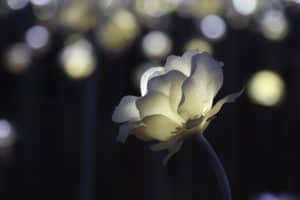 The electric flower is a yellow edible species with a reddish center that has a very particular flavor. Although it is popularly known by this name, its scientific name is Acmella oleracea.
The electric flower is a yellow edible species with a reddish center that has a very particular flavor. Although it is popularly known by this name, its scientific name is Acmella oleracea.
It is currently gaining a lot of popularity within the culinary world, but also at the crop level.
The most interesting fact that revolves around its discovery has to do with the effects it produces when consumed.
Like many other products, it allows the transition from an initial sensation and then to another. With the consumption of the electric flower the sensations are very exotic and interesting.
First of all, you feel a delicious acidity that becomes pronounced, and then it goes into an analgesic state. This state manages to place all areas of the mouth, such as the gums and tongue, in a period of rest.
It is precisely this effect that has earned the admiration of many and the rejection of others.
To know more: How to sow the electric flower.
Canna Indica
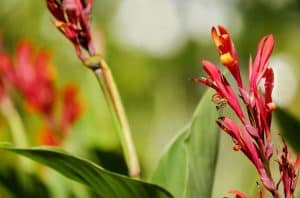 The Canna Indica is an edible and very beautiful plant, which is why it is used ornamentally.
The Canna Indica is an edible and very beautiful plant, which is why it is used ornamentally.
Its origin is in the American continent and it is of tropical origin, however the climatic and soil conditions in Spain have favored its cultivation.
It is a type of small-sized plant, which has very large and vividly colored leaves and flowers.
In the case of leaves, bright green is what prevails; while the flowers vary from red to yellow.
Stevia
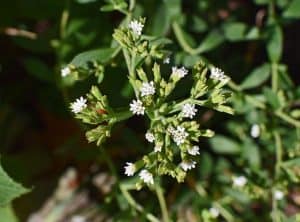 If you are looking for a natural sweetener, the time has come to start growing stevia because you will not find a better option.
If you are looking for a natural sweetener, the time has come to start growing stevia because you will not find a better option.
Stevia or stevia (Stevia rebaudiana) in addition to sweetening, can also be consumed fresh and even made infusions for the afternoon.
It can be considered as a medicinal and edible plant (although as always we recommend this under the supervision of a health professional).
Artichoke
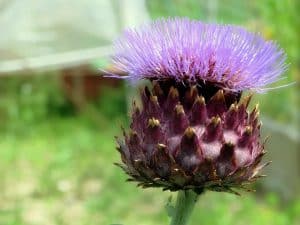 Artichokes are a type of leafy vegetable whose main characteristic is that of being a winter plant.
Artichokes are a type of leafy vegetable whose main characteristic is that of being a winter plant.
The artichoke is very tasty and can be used in many culinary dishes.
One of the positive parts of the artichoke is that we can prepare it to eat in almost any way: boiled, sautéed, grilled, next to a tortilla, battered, with puree, with garlic or simply raw in a salad.
Either way, you’ll likely find pleasure in eating this flowering vegetable.
bear’s garlic
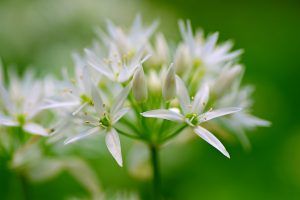 Known as bear’s garlic, ramps or ramson.
Known as bear’s garlic, ramps or ramson.
Allium ursinum is a perennial bulbous herbaceous monocot, which reproduces mainly by means of seeds.
Narrow bulbs form from the base of a single leaf and produce entire elliptic bright green leaves up to 25 cm long x 7 cm wide with a petiole up to 20 cm long.
The inflorescence is an umbel of six to 20 white flowers, lacking the bulbs produced by some other Allium species such as Allium vineale (crow’s garlic) and Allium oleraceum (field garlic).
The flowers are star-shaped with six white tepals, about 16-20 mm in diameter, with stamens shorter than the perianth.
Poppy
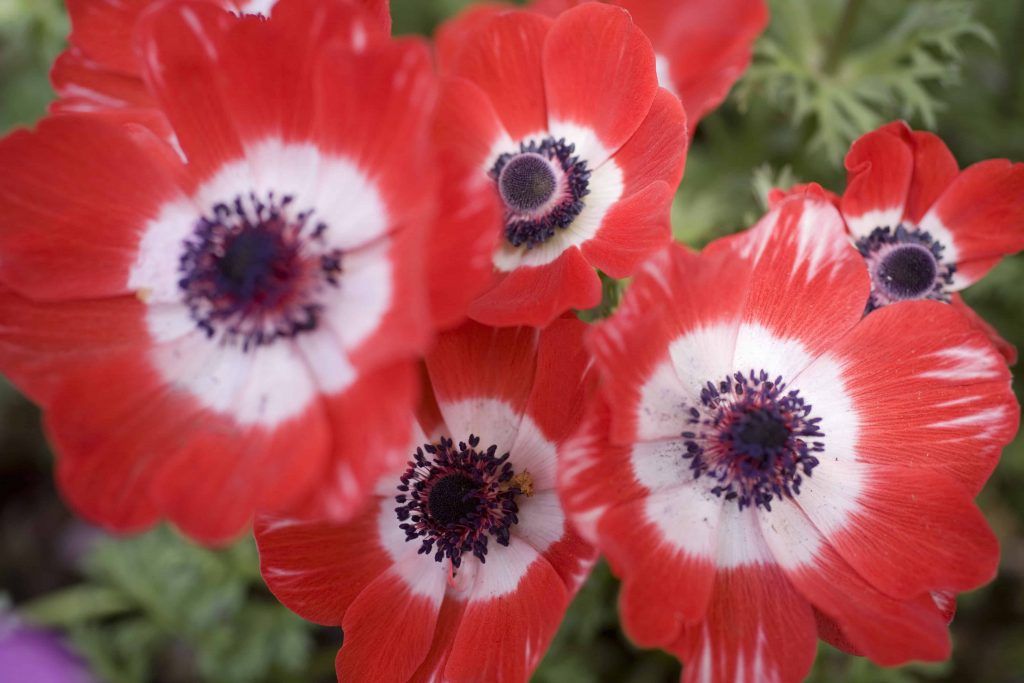
The opium poppy is a herbaceous plant that can grow to more than a meter in height with large flowers up to 15 cm wide. Not only do we like its characteristic red flowers, but also bees.
After World War I, poppy flowers began to grow everywhere. This is because the fields were barren as a result of the war, but then became rich with lime from the rubble, providing rich soil for the poppies to flourish.
It is important to note that most poppy flowers are poisonous to some degree. This species contains alkaloid compounds that are poisonous to both humans and domestic animals. No part of the plant should be chewed.
If you grow poppies for culinary use, the opium poppy is a good choice. The seeds can be consumed and are used to add flavor, crunch and bite to breads and pastries.
Be careful, as the seeds of many other poppy species are not edible. Also, you should not consume any other parts of the poppy plant: they are poisonous.
What edible flowers should we not consume?
If you have any doubts about whether or not a flower is edible, don’t eat it. It is a simple rule, but effective. Also, if you have a pollen allergy, you may want to avoid eating edible flowers altogether.
Here are some important tips:
- Don’t pick wilted, dusty, old, or discolored flowers in your garden (or when foraging) that are near a road or an area used by animals.
- Do not treat your edible flowers with pesticides. On the other hand, if you have problems with pests, cut the flower and you will increase its growth.
Edible flowers to avoid at all costs (TOXIC)
- Daffodil: Eating any part of a daffodil will cause distress due to the toxin, liquor.
- Poppy: Avoid these as all poppies are poisonous.
- Fox glove: They contain natural poisons that affect the heart.
- Oleander: The entire plant is highly toxic, one of the most toxic garden plants.
- Clematis: Mild but toxic contact with clematis (mouth or skin) may cause irritation.
- Bluebell: All parts of the bluebell contain toxic glycosides.
- Rhododendron: Its toxins can affect heart rate and blood pressure.
- Lark’s Spur: Its toxic alkaloids are fast-acting and potentially life-threatening.
- Hydrangeas: The small amount of cyanide in hydrangeas makes them dangerous.
- Lily of the Valley: Pretty, but contains convallatoxin, which should not be eaten.

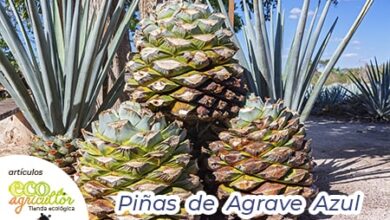
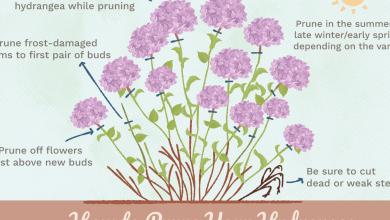
![Photo of Salix Caprea: [Characteristics, Cultivation, Care and Disadvantages]](https://www.complete-gardening.com/wp-content/uploads/2022/08/salix-caprea-characteristics-cultivation-care-and-disadvantages-390x220.png)
